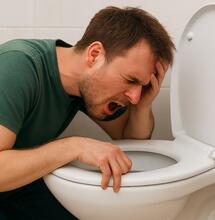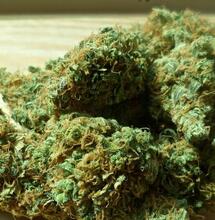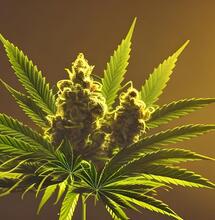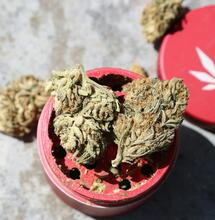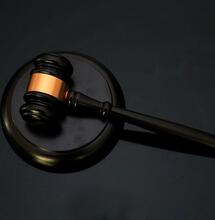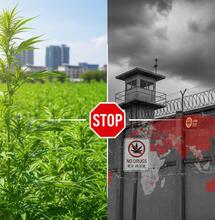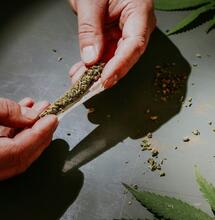What is the Difference Between Regular and Medicinal Cannabis?
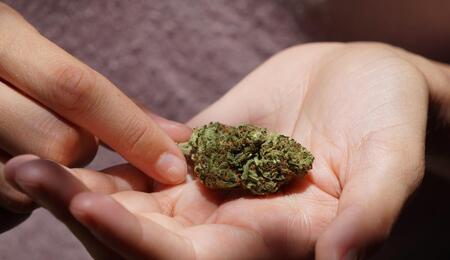
Technically speaking, there is no difference between marijuana used for recreational purposes and marijuana used to treat various medical conditions that affect the human health. The THC concentration of both is similar. While there are some cannabis products that are inconvenient for medical or recreational use, the main difference would be how cannabis products are sold and purchased.
In legal states, anyone above the age of 21 can freely purchase weed. However, other states only have a medical cannabis program where a person must be registered with the state's system and must have authorization from a healthcare provider to access cannabis medicines.
The good thing about medicinal cannabis products is that they are exempt from extra taxes. Legal states usually have an excise tax in place for recreational retail, therefore products come at a higher cost.
A total of 37 U.S. states, plus the District of Columbia and three territories, have a medical cannabis program that people with qualifying health conditions for medicinal marijuana can use. On the other hand, recreational marijuana is legal in 21 states. The states that launched legal adult-use sales as of most recently, in 2022, include Rhode Island, New York, New Jersey, New Mexico, Montana, and Vermont.
How Do States Regulate Medicinal and Recreational Cannabis Products?
Each state has its own laws on how it regulates cannabis. Marijuana can be only for medicinal use, for both medicinal and recreational use, or it can be restricted only to CBD for those with a prescription to use.
Medicinal cannabis
Where cannabis is legal for only medical reasons, a person must have a qualifying condition. Diseases/ disorders commonly featured on those lists include cancer, epilepsy, multiple sclerosis, HIV/AIDS, Chron's disease, chronic pain, anxiety, PTSD, etc. The list of qualifying conditions would vary from state to state.
Some cannabis drugs would be specifically used for particular conditions. For example, Epidiolex, a CBD-based drug, is prescribed for seizures. A strain such as Charlotte's Web have been specifically bred to help with seizure disorders, too. Another medicine, Sativex, is largely used to treat muscle spasticity and stiffness in patients with multiple sclerosis.
Moreover, there are medicinal cannabis products that are less convenient or not applicable for recreational use, such as cannabis tablets, powders, or transdermal patches for application on the skin. Cannabis beauty products would be another category of products where the value is outside the recreational domain.
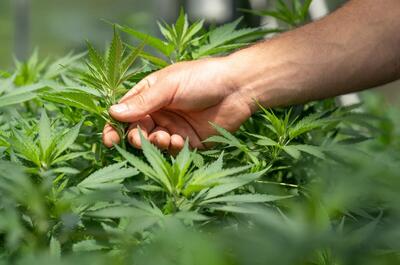
Recreational and Medicinal Cannabis
There are a lot of cannabis products that can be used for both medicinal and recreational purposes, in particular flower and edibles. For example, a strain such as Northern Lights is widely used among both medicinal and recreational users.
As mentioned earlier, a significant difference in fully legal states would be how those same products are priced, sold, and purchased. The available offer might be the same, in some states nearly identical for recreational and medicinal use. Still, cannabis coming through a state medical cannabis program would be cheaper than cannabis purchased without a doctor's recommendation.
In addition, legal marijuana businesses need to meet a lot more requirements and regulations. Part of these legal obligations come from state and local agencies, another from the jurisdictions where the business operations are run. So recreational retailers might sometimes end up selling the very same products that medical patients are prescribed to use, but at their premises these products, besides the higher price, might have a slightly altered label or packaging.
Only CBD
CBD is the non-psychoactive cannabinoid typically extracted from hemp, but it's also present, at least in trace amounts, in lots of other cannabis cultivars and plants. Sales of CBD and hemp products that contain less than 0.3% THC are legal under federal law. However, it still varies from state to state how sales of CBD are regulated.
Some states allow over-the-counter CBD retail, but law in other states would demand that the person has a prescription to obtain CBD legally. There are also examples, such as Idaho, where it's legal to use CBD cannabis extracts for qualifying conditions, but only if the product is entirely free of THC and comes from parts of the plant with no THC at all, such as the stalks or the seeds.
Conclusion
To sum up, if you are wondering whether the weed that medical patients and recreational users consume is the same, most likely yes, it's the same weed; it's the same flower and strains. The only difference would be that some strains have more sedative, anti-pain, anti-convulsant, or similar qualities, and those would be the strains more often recommended to medical patients. And there is this other group of products, like pharmaceutical drugs for specific diseases such as epilepsy or topical products that do not have much of a recreational value. Except for those, there are really no other significant differences between regular and medicinal cannabis.


